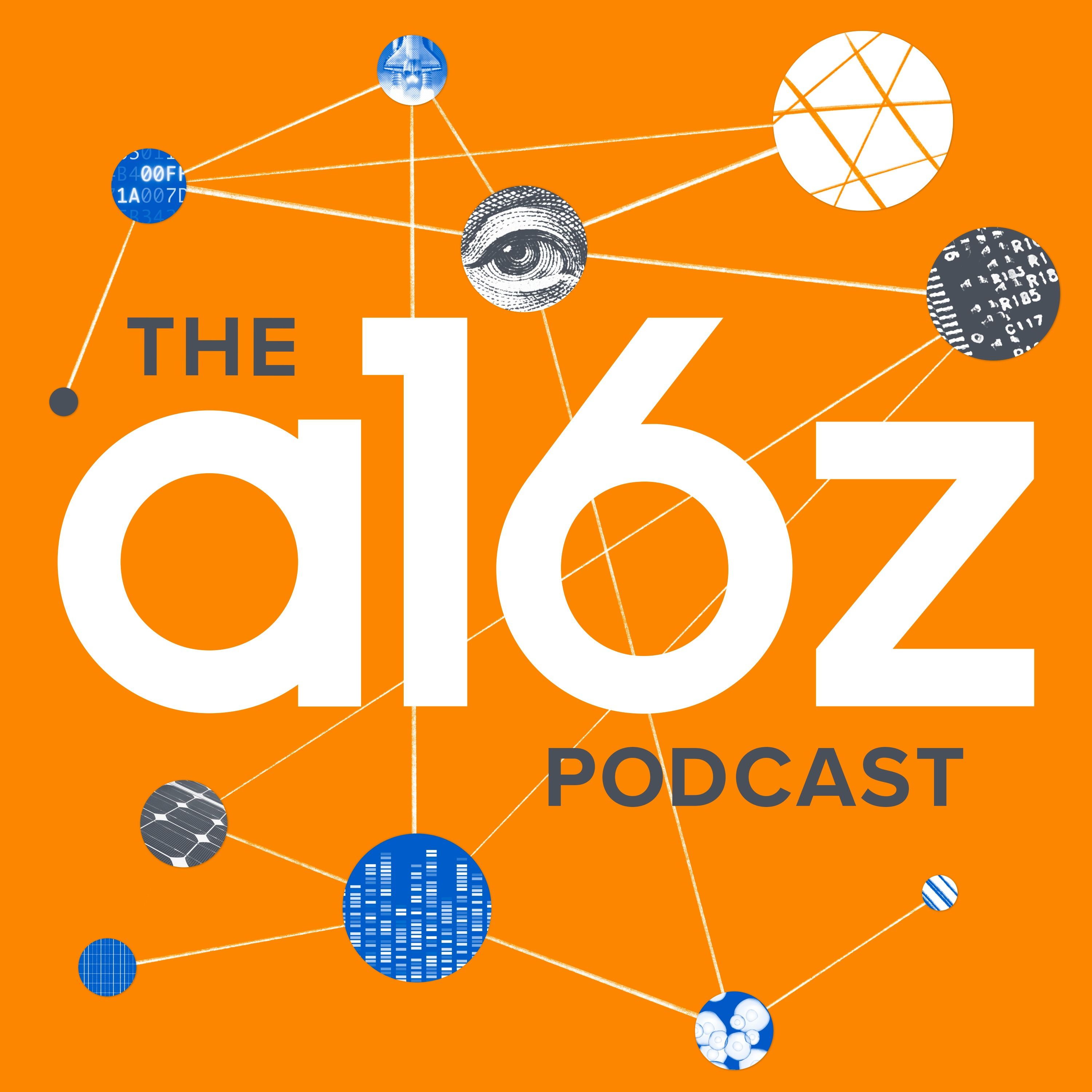PortalsOS
Related Posts
Vote to see vote counts

The Turing test, once considered a major milestone for AI, was quickly surpassed, and now AI is making strides in scientific research.
AI's ability to solve complex problems, such as the Navier-Stokes problem, could lead to revolutionary applications like self-replicating fluid nanomachines.
Nathan Labenz highlights a breakthrough in AI's application to biology, where MIT researchers used AI models to develop new antibiotics with novel mechanisms of action. These antibiotics are effective against drug-resistant bacteria, marking the first significant advancement in this field in a long time.

DeepSeek and other AI companies have shown that it's possible to create competitive AI models without top talent or data, challenging the idea of a strong moat for leading AI companies.
Recent advancements in AI have led to an IMO gold medal being achieved with pure reasoning models, without access to external tools. This marks a significant leap from what GPT-4 could accomplish in mathematics, highlighting the rapid progression in AI capabilities.

The cost of running advanced AI models, like the one that solved a virology problem, may reach thousands of dollars, but this is significantly cheaper than years of research by graduate students. This cost-effectiveness could transform how we approach complex scientific challenges.

AI is progressing rapidly, with studios feeding 150,000 of the best scripts into AI models, challenging the belief that AI can't replicate human creativity.
The jagged capabilities frontier in AI remains a challenge, with models sometimes failing at simple tasks like tic-tac-toe, yet excelling in complex mathematical problems. This inconsistency highlights the ongoing development and potential of AI technology.

The potential for AI to solve all math problems by leveraging massive compute power suggests a future where mathematical challenges across various fields could be addressed more efficiently, leading to breakthroughs in science and engineering.

The development of AI models capable of reasoning and coding without human intervention marks a significant leap in AI capabilities, potentially leading to superintelligence.